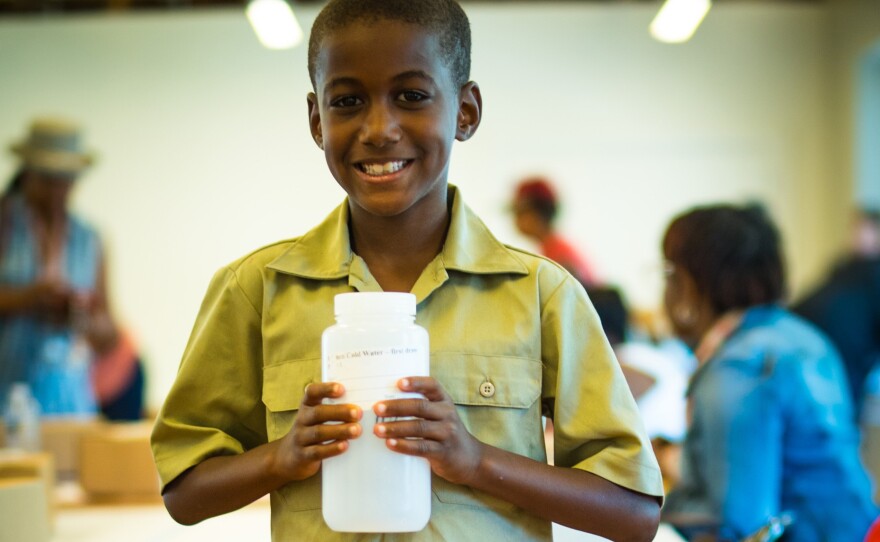THE CROWD & THE CLOUD is a documentary series showcasing the power of Citizen Science in the Digital Age. This multi-part series, hosted by former NASA Chief Scientist Waleed Abdalati, takes viewers on a global tour of the projects and people on the front lines of citizen science and crowdsourcing.
By observing their environment, monitoring neighborhoods, and collecting information about the world around them, citizens are helping professional scientists advance knowledge while speeding up new discoveries and innovations.
EPISODE GUIDE:
Episode 1: "Even Big Data Starts Small" airs Wednesday, May 10 at 11 p.m. - 20,000 volunteers across the U.S. measure precipitation: when extreme weather hits, emergency managers turn their data into life-saving alerts. Armchair mappers worldwide update information used by first responders after the Nepal earthquake.
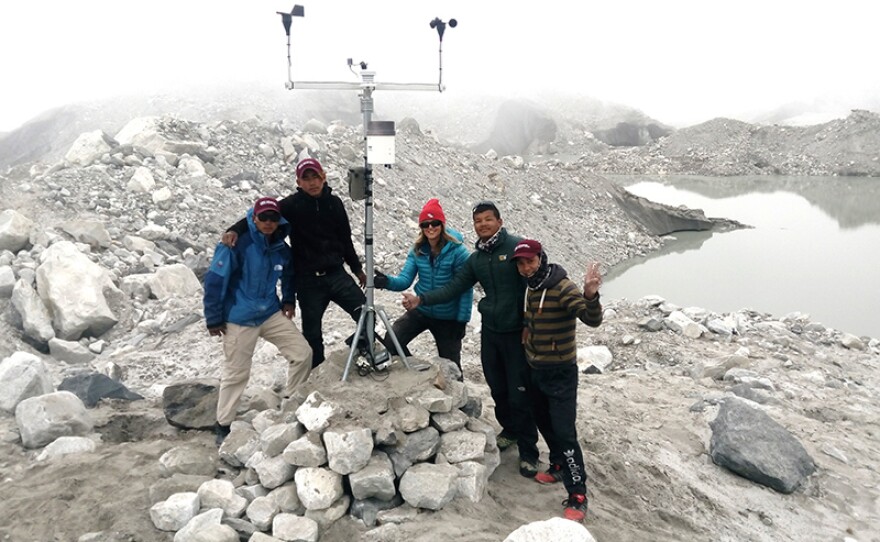
A new project, EyesOnALZ, enlists the crowd to speed up research on Alzheimer's disease. DIY enthusiasts from Public Lab map the BP oil spill with kites, balloons and cameras and continue to watchdog pollution. The crowd, using mobile tech and the cloud contribute to science that saves lives.
Episode 2: "Citizens + Scientists" airs Wednesday, May 17 at 11 p.m. - Citizen scientists track air and water pollution at fracking sites in windswept Wyoming and five other states, using simple but science-based techniques developed by the "Bucket Brigade."

On idyllic East Coast trout streams, volunteers from Trout Unlimited monitor water quality regularly, generating baseline data that will prove invaluable in the event of future pollution events.
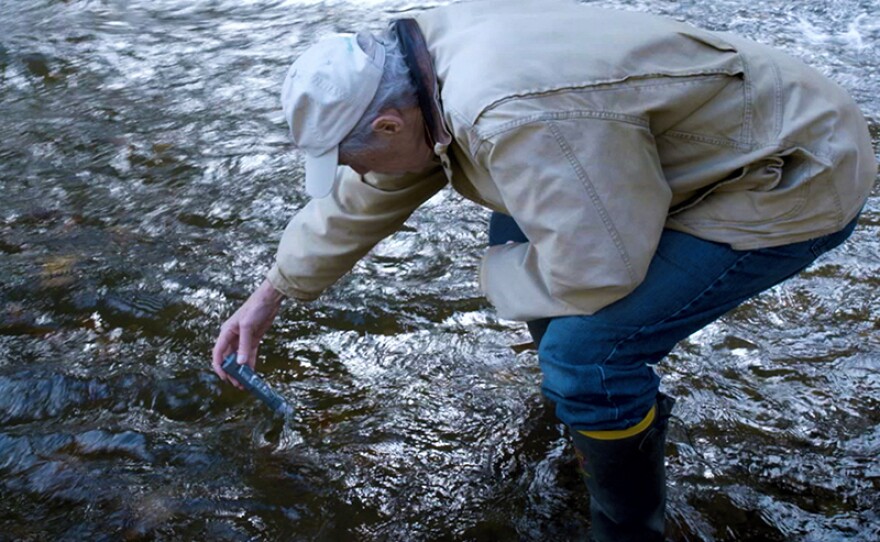
Community members connected with professional researchers to tackle Flint's drinking water crisis and now the same is happening in Philadelphia and other cities.
In China, citizens use government data and a unique mobile app to report environmental crimes. When citizens and scientists partner, it's a win-win for all concerned.
Episode 3: "Viral vs. Virus" airs Wednesday, May 24 at 11 p.m. - Sensors on asthma inhalers generate real-time maps of environmental dangers to help patients, physicians and disease detectives in Louisville, Kentucky.
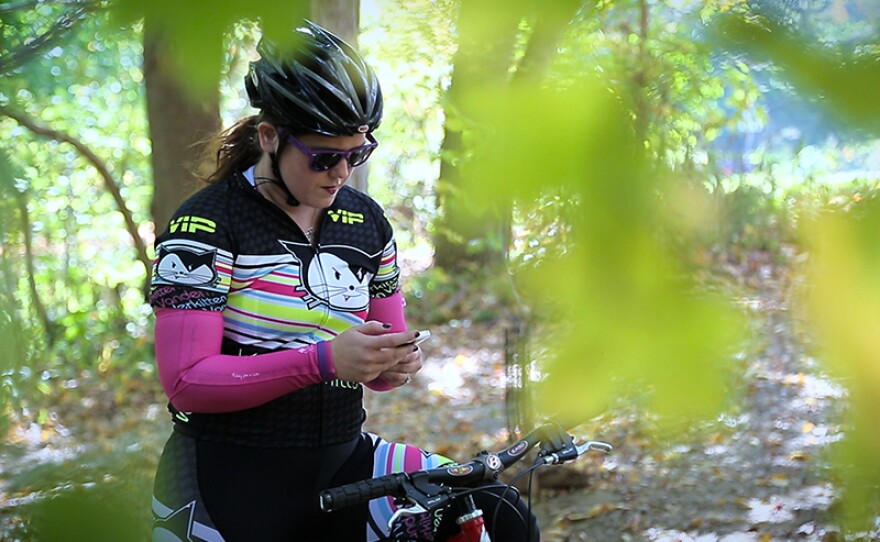
Street knowledge was also crucial in a historic medical breakthrough: John Snow’s mapping of cholera fatalities in 19th century London.
In West Oakland, California, citizens confront air pollution and rising asthma rates by collecting traffic data. Local ordinances are changed and everyone breathes easier.
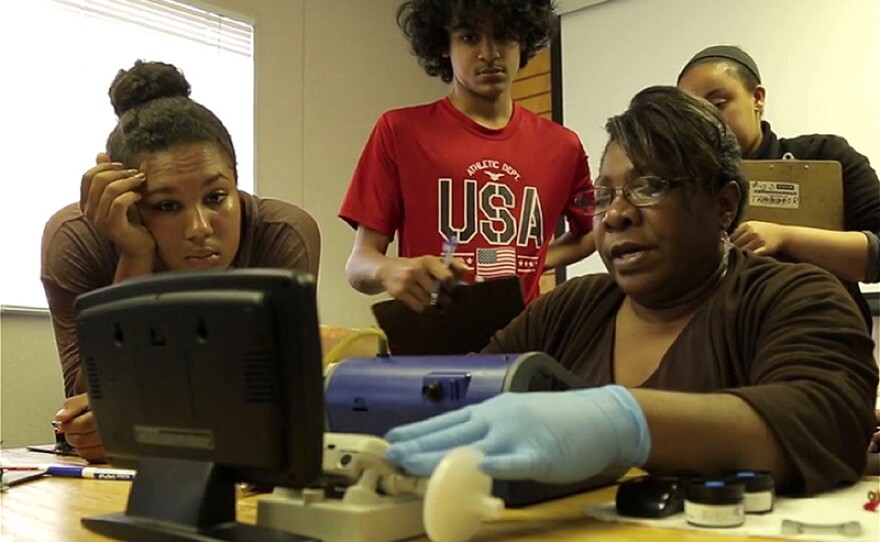
Can apps and maps combat globalized diseases in a warming world? Stories of citizen science fighting mosquito-borne diseases with apps and crowd-sourced data in Barcelona, Houston and New Orleans.
In Kenya, Medic Mobile develops smart but low-cost software to give simple phones powerful capabilities to help community health workers improve maternal and child health.

Episode 4: "Citizens4Earth" airs Wednesday, May 31 at 11 p.m. - Counting birds for more than 100 years generates data on a changing climate and there’s an app for that: eBird. Surfer science using smart tech tracks ocean acidification and coastal temperatures in the Smartfin project, a recent startup.
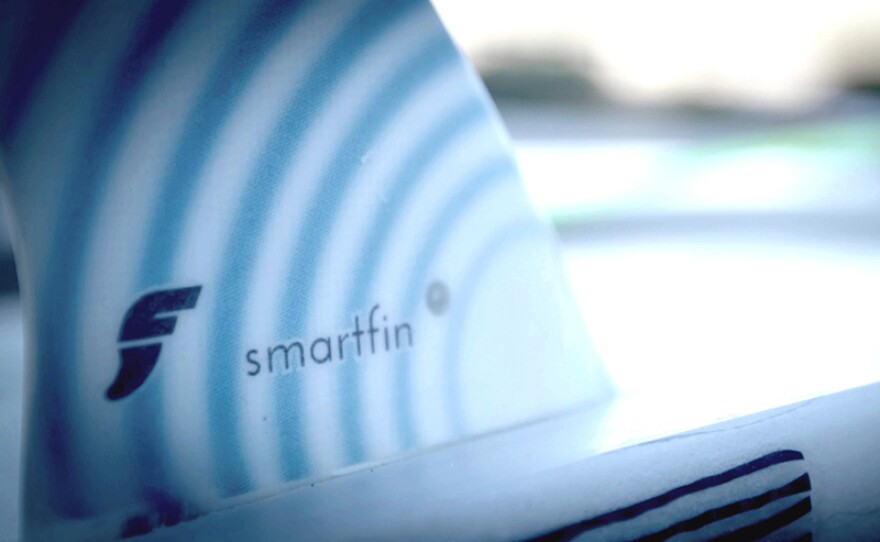
We spend “A Year in the Life of Citizen Science” including a Thanksgiving Monarch Butterfly Watch in California.
Seasonal change is tracked by Latina and Native American teens in springtime in Albuquerque, New Mexico, and horseshoe crabs are surveyed in summer by retirees along mid-Atlantic coasts.
In Uganda, World Bank economists and local partners generate data for sustainable development. The far-ranging potential of “Citizen Science in the Digital Age.”

JOIN THE CONVERSATION:
THE CROWD & THE CLOUD is on Facebook, Instagram, and you can follow @CrowdAndCloudTV on Twitter. #CitizenScience #CrowdCloudLIVE
CREDITS:
Produced by Geoff Haines-Stiles Productions. Distributed by American Public Television.

